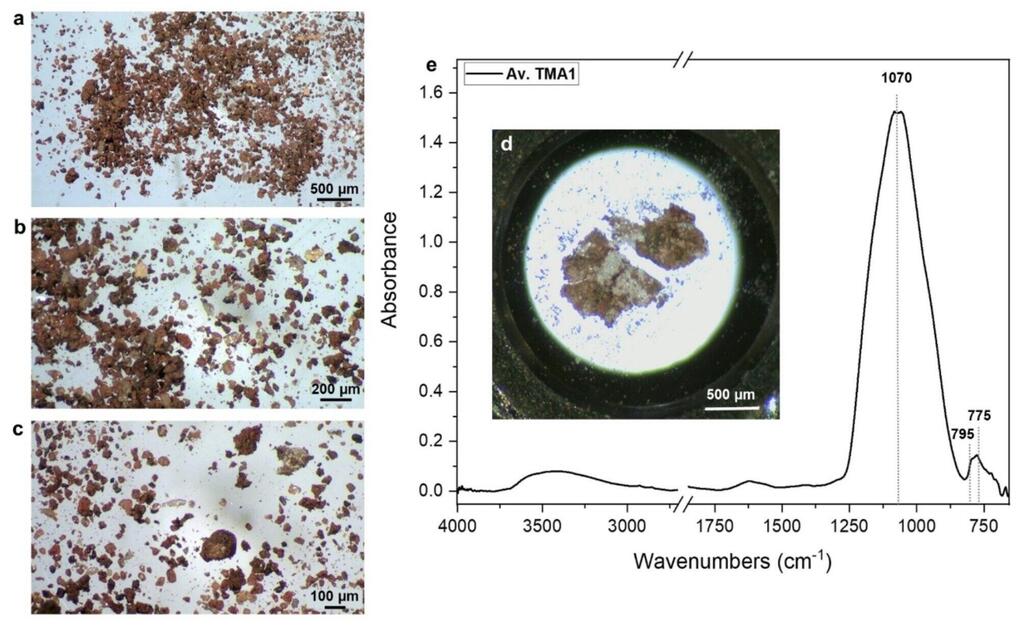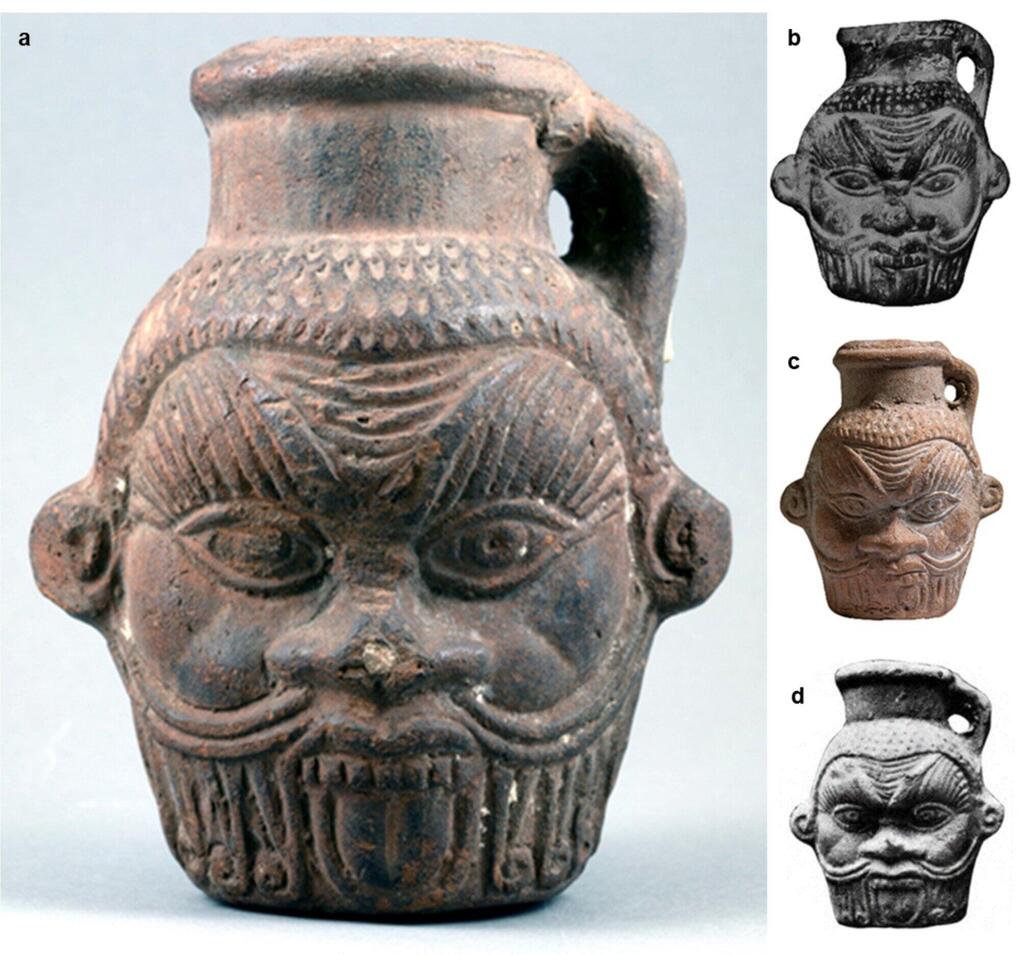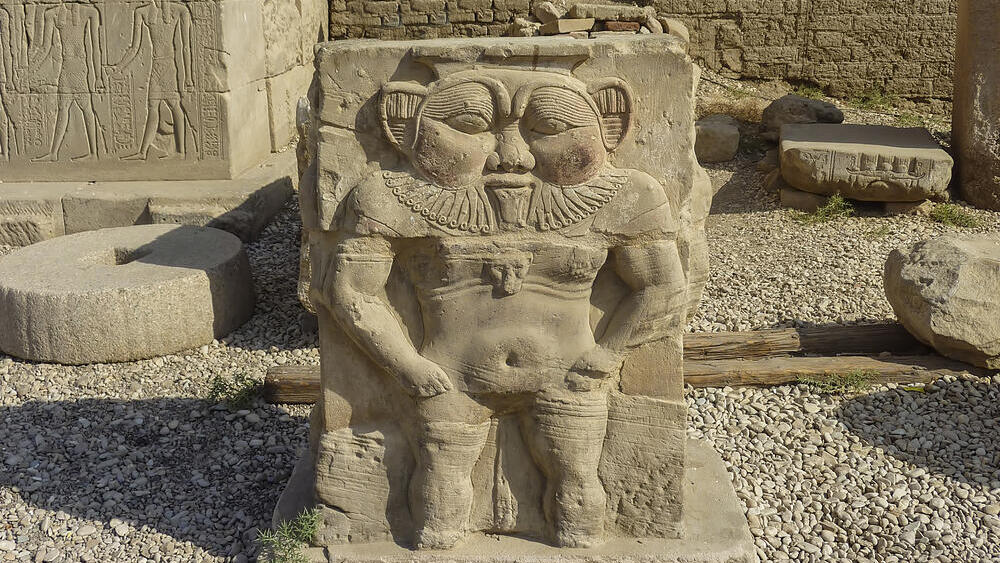Getting your Trinity Audio player ready...
Researchers have discovered the first physical evidence of hallucinogenic substances in an ancient Egyptian mug, offering new insight into mysterious rituals from over 2,000 years ago. The investigation, led by Professor Davide Tanasi of the University of South Florida, focused on a Bes mug housed at the Tampa Museum of Art. The mug depicts Bes, the ancient Egyptian deity associated with childbirth, protection, and magical purification.
The study, published in Scientific Reports, used advanced chemical, genetic, and spectroscopic techniques to analyze the mug's contents. The findings reveal a psychotropic mixture likely consumed during magical rituals.
Decorated with the face of the Egyptian deity Bes, the vase has long puzzled researchers. Its design linked it to fertility and protective practices, but its exact use had remained unclear. Theories ranged from holding sacred water to playing a role in magic.
“For a very long time now, Egyptologists have been speculating what mugs with the head of Bes could have been used for,” said Branko van Oppen, curator of Greek and Roman art at the Tampa Museum of Art and a co-author of the study. “This research teaches us about magic rituals in the Greco-Roman period in Egypt.”
3 View gallery


Analysis of the samples that revealed the contents of the cups
(Photo: Scientific Reports)
Using cutting-edge techniques such as metabolomics and synchrotron radiation-based Fourier Transformed Infrared Microspectroscopy, the team identified a complex brew. It included plants with psychotropic and medicinal properties such as wild rue (Peganum harmala), Egyptian blue lotus (Nymphaea nouchali var. caerulea), and a plant from the Cleome genus. Additional ingredients including honey, sesame seeds, pine nuts, licorice and grapes enhanced the brew’s flavor and appearance, making it resemble blood.
The analysis also found traces of fermented fruit-based liquids, proteins and metabolites, along with human bodily fluids such as blood and saliva, indicating their intentional inclusion. The researchers suggest the mug’s contents were consumed to induce hallucinations or prophetic dreams during rituals.
The study draws connections between the mug's use and the “Myth of the Solar Eye.” In this myth, Bes calms the sky goddess Hathor with a drug-laced alcoholic beverage disguised as blood, lulling her into a deep sleep and resolving conflict. Scholars believe rituals involving Bes mugs may have reenacted this myth, blending psychoactive substances and storytelling to heighten spiritual experiences.
Fertility and childbirth were also central to these rituals. The Bes Chambers at Saqqara, near the pyramids of Giza, are thought to have been sites where women sought divine intervention during pregnancy, a perilous time in the ancient world.
“This combination of ingredients may have been used in a dream-vision inducing magic ritual within the context of this dangerous period of childbirth,” Van Oppen said. Such ceremonies might also have included oracular practices, allowing participants to seek prophetic dreams about their futures or pregnancies.
Get the Ynetnews app on your smartphone:



